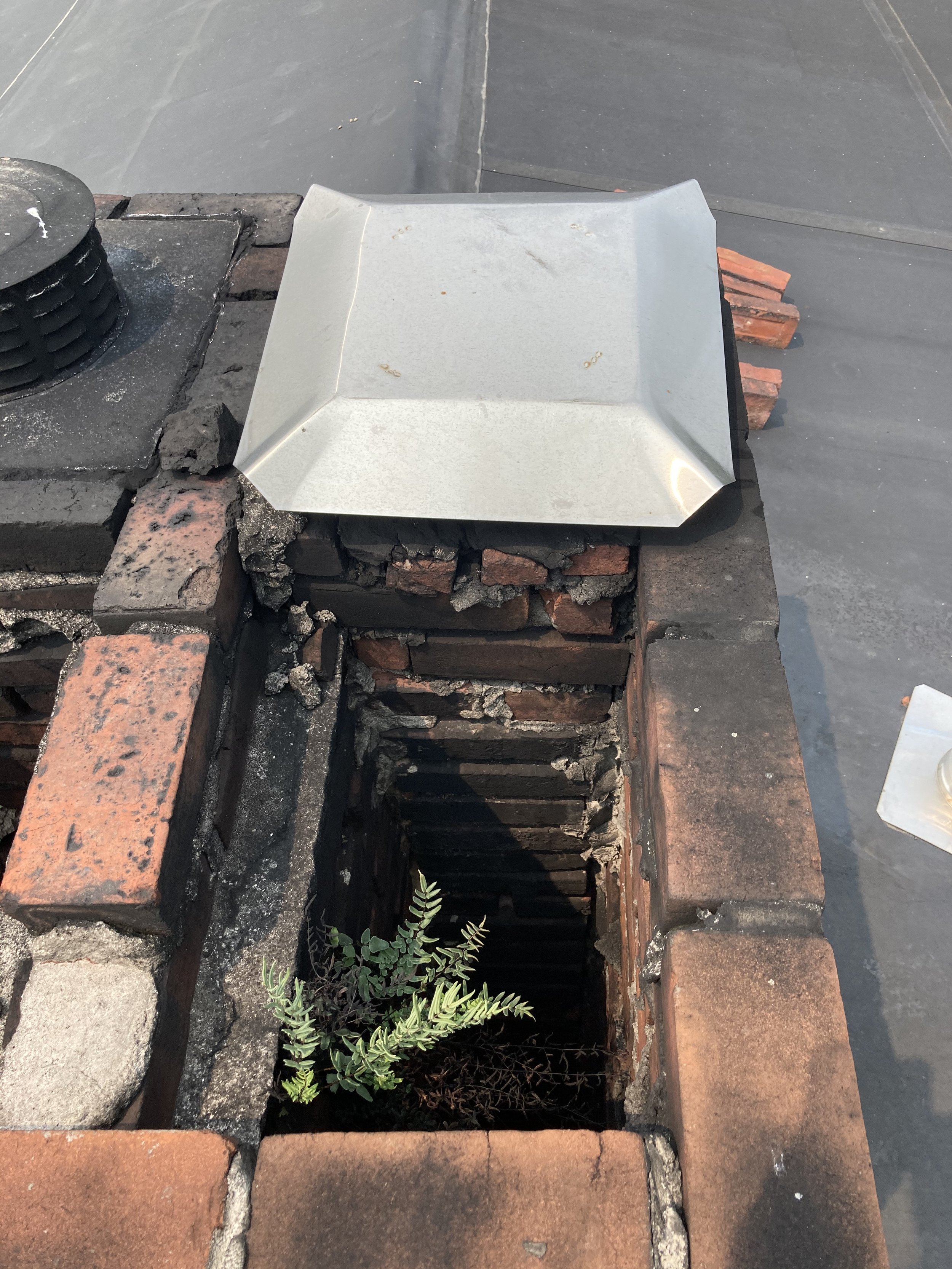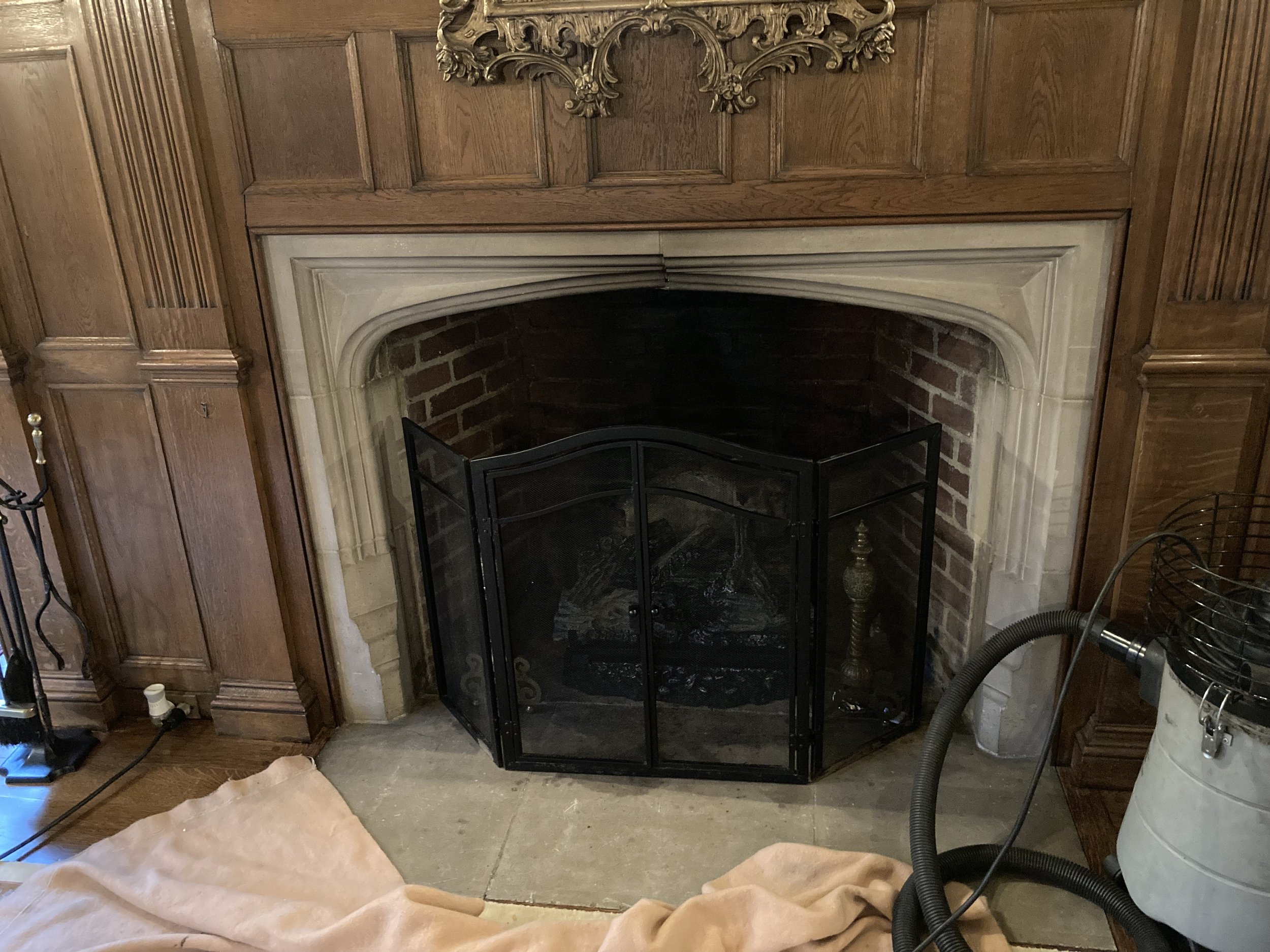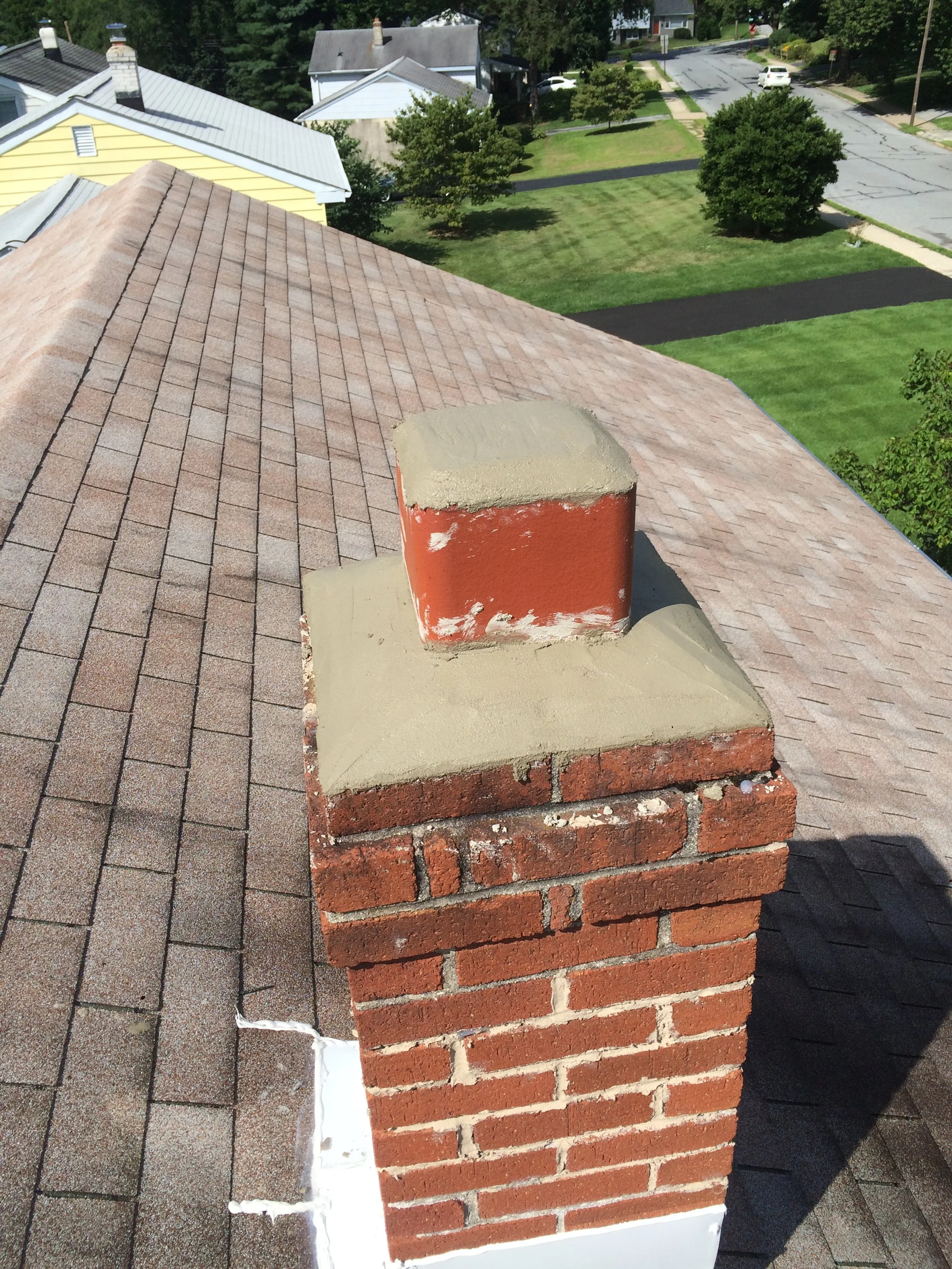What We Can Do For You:
Keeping your chimney serviced and inspected is the easiest way to prevent problems. Dirty smoke chambers, capless chimney tops, and cracks throughout the features can go unnoticed for years, until it’s too late.
Fires, carbon monoxide poisoning, and even collapses can happen if these issues go on undiagnosed and ignored. By servicing your chimney twice a year, you can keep your home and family safer and have peace of mind. We offer a range of services and options to meet our customers needs and concerns. Animal nests, water damage, and general use can take a toll on your chimney and lead to larger problems down the road if left undiagnosed or untreated.
We offer solutions for all your flues symptoms
Fire Hazards
Creosote is a thick, black resin that builds up as wood burns in your fireplace. As the creosote builds up, it runs the risk of igniting. These low-burning fires are often missed until it’s too late. Yearly cleaning is the best way to avoid this risk and keep your home safe.
How does creosote cause fires? The thick gooey substance is made up of tiny, unspent fuel particles left behind when you burn wood or other materials. Since these particles are made of unburnt wood, they are extremely flammable.
Chimney fires often start at low temperatures and burn slowly without being noticed until it’s too late. Even just 1/8 inch of creosote buildup is enough to cause a chimney fire, resulting in cracked liners, damaged flues, and full on house fires. The best way to help keep your chances of a house fire low is through regular maintenance and cleaning.
Tree Debris
Another common form of blockage comes from natural debris from trees surrounding your home. Leaves, small twigs, and pine needles can easily fall from tall trees overhanging your home. After some time, this debris starts to build up within the chimney. This buildup can ignite in your chimney flue, or cause blockages that prevent smoke from leaving your fireplace. Sometimes, if left too long, saplings can even sprout using the creosote as fertilizer. Having a cap installed can help protect your chimney from dangerous debris and reduce your risk of blockages and fires.
Common Chimney Problems Include:
Chimney Fires
If you suspect a chimney fire, it is imperative that you call 911 immediately and evacuate the home. Take your loved ones and pets with you! Once the emergency services deem the home safe to re-enter, call a CSIA certified sweep immediately to asses the damage and provide recommendations for the next steps.
The best method for reducing your risk of chimney fires is proactive maintenance. Inspect your chimney once a year before using for the first time to prevent any surprises.
Animal Nests
Birds, squirrels, and other critters can make themselves at home in your chimney. This can cause a range of problems from fire hazards to foul odors depending on the animal and amount of time they’ve been inside the structure. A level 2 inspection can help determine if you’ve got any nests or other signs of animal infestations.
It is important to identify what kind of animal has nested as not all animals can be removed. For example, chimney swifts are federally protected and as their names suggest, love to make their homes in your chimney. Typically they nest between the months of March and November, after which they continue on in their migration. Since these birds are protected, they must leave of their own accord before any work can be completed.
Placing a cap on your chimney can help prevent future nests being built as well as protect against tree debris and other foreign objects that could make their way down your flue.
Smoke in Home
Smoke emitting from your fireplace can be a dangerous inconvenience. It could stain your belongings or cause respiratory distress in your family and pets. There are several reasons smoke could be blowing back into your home, from an improperly warmed flue to blockages from animals or plant debris. If you’re experiencing smoke in your home we would be more than happy to assist you with a house call.
Blockages
If you suspect you may have a blockage it is important that you cease use of the unit and call certified chimney sweep immediately. Blockages can be caused by creosote buildup or animal nesting, which are usually followed by a recommendation for cleaning. However, they can also be caused by damaged or broken chimney tiles, If the latter is the case, the solution is often repair or relining,
Leaks and Water Damage
Water is naturally the enemy of fireplaces and their anatomy. Small cracks can quickly spread in the cold winter months as water freezes and expands, leading to a weakened chimney structure and posing risk for potential collapse. Leaks should be addressed ASAP.
Gas or Rotten Egg Smell
You should never smell gas emitting from your fireplace. If you do, call your service provider to check for leaks immediately. If no signs of a leak are present, they may suggest having your fireplace inspected to insure correct installation and airflow.











